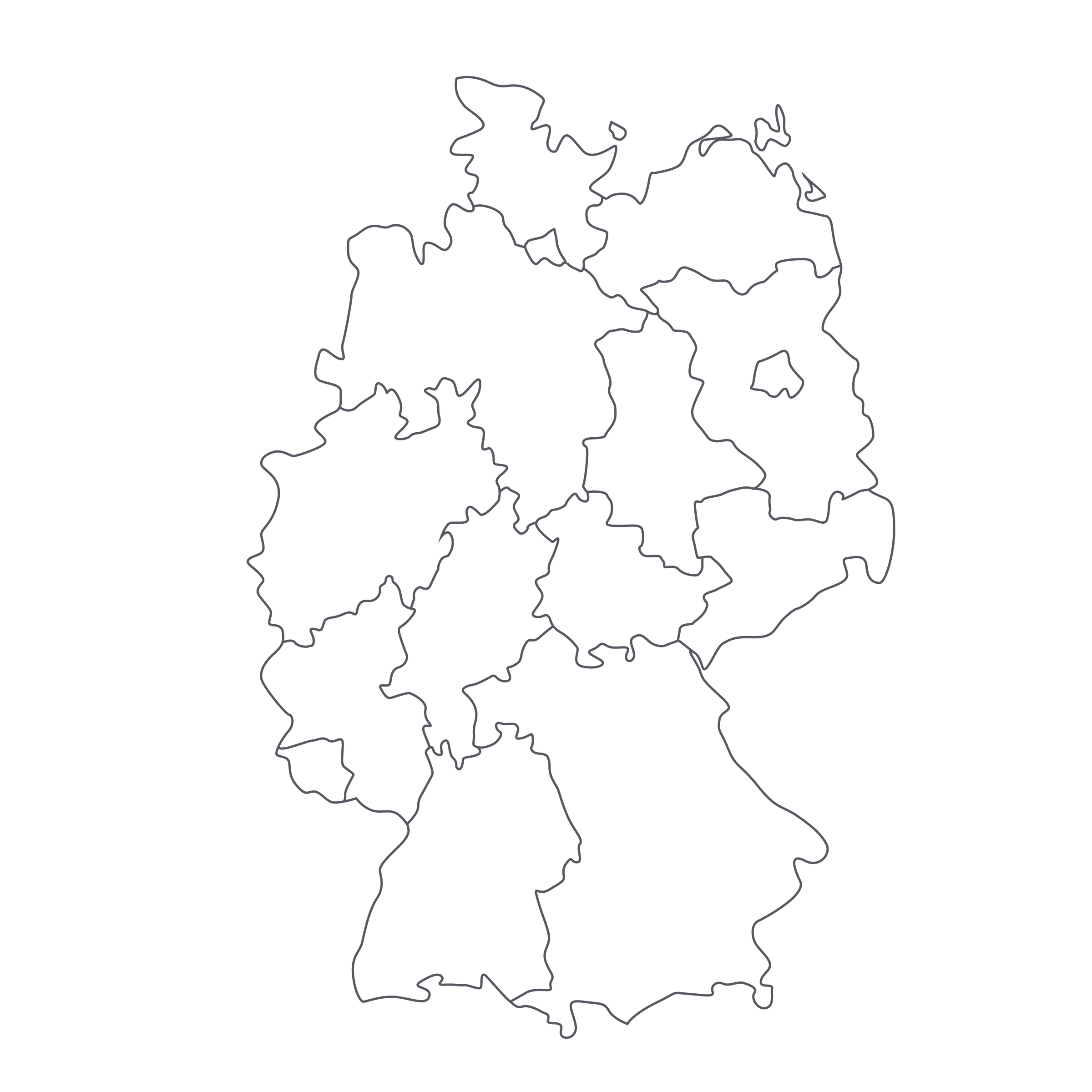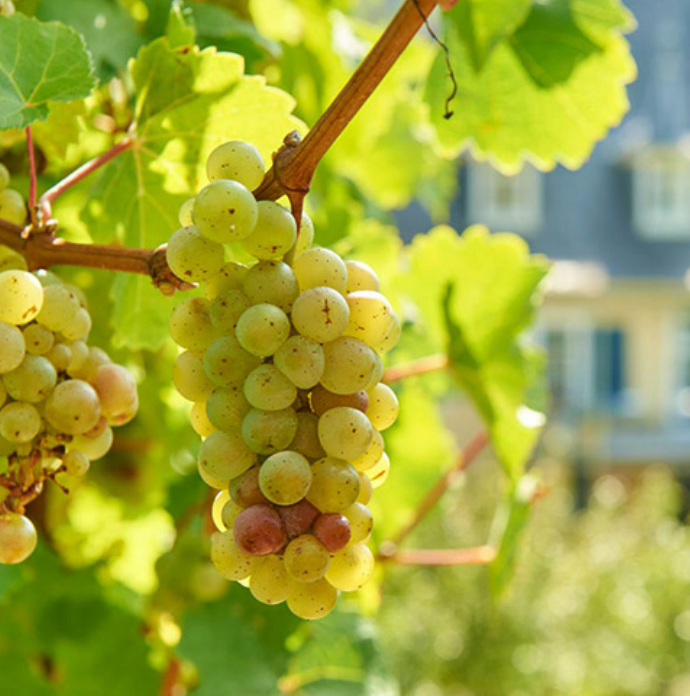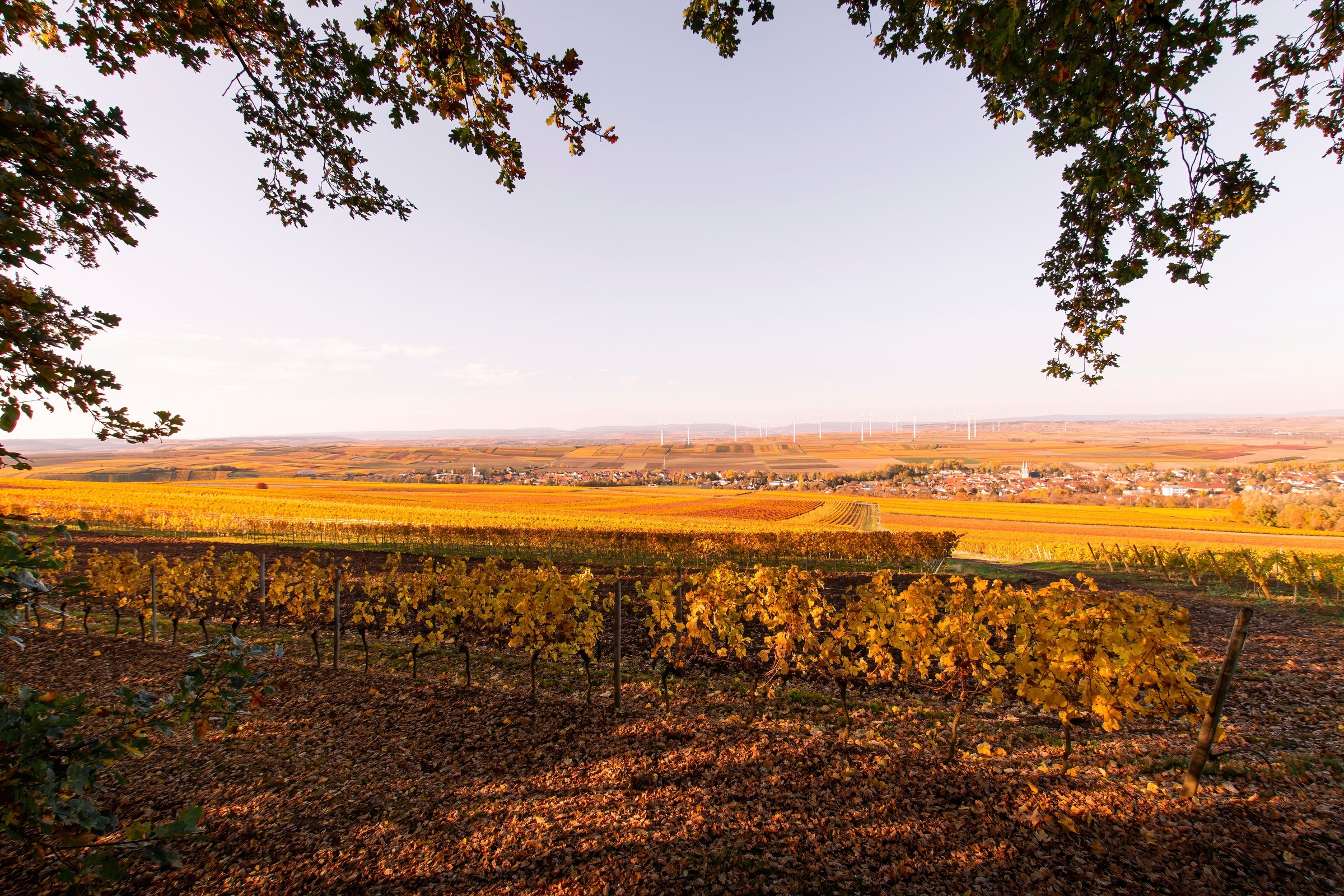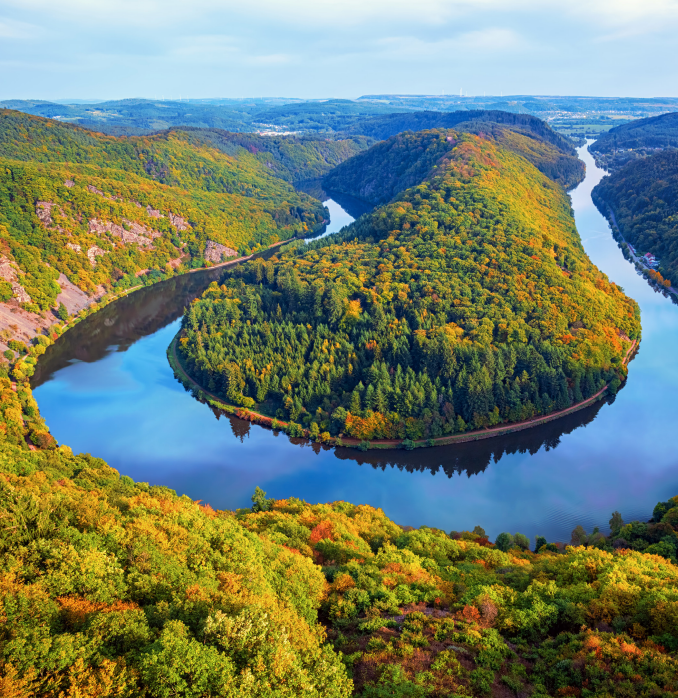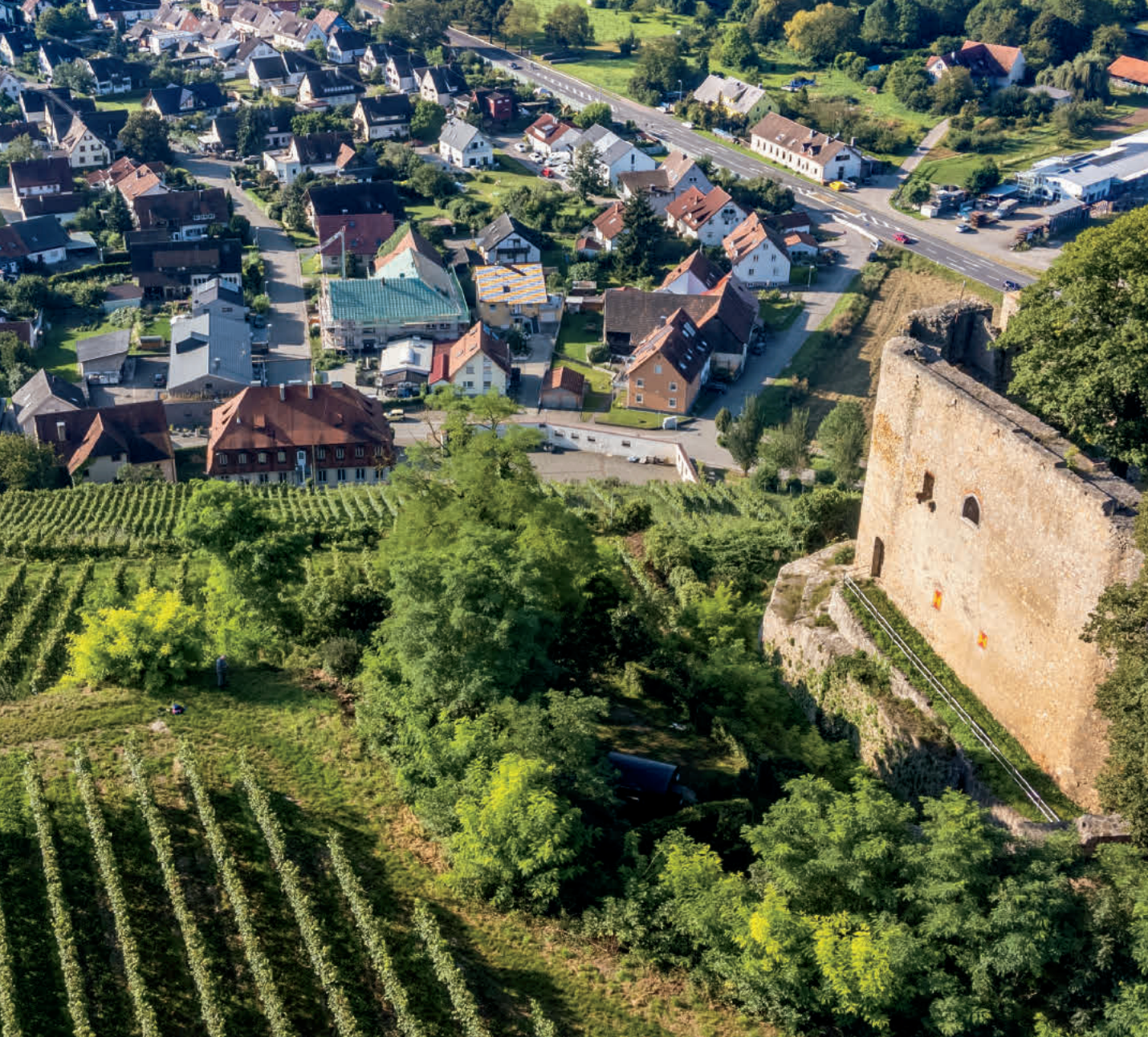Wehlener Sonnenuhr. It doesn’t roll off the tongue, but to lovers of serious Riesling, it’s music to the ears. Try saying it: VAY-len-er ZON-en-ooer. Meaning “The Sundial of Wehlen,” it’s the name of one of the Mosel Valley’s most exceptional vineyards, one that catches the sun so perfectly that a sundial was built into its terraces in the 19th century. When you see this vineyard designation on a label, it jumps out right alongside the estate name, which today is Hauth-Kerpen.
Some of you may remember the taut and textured 2003 auslese we offered from this same producer and site some time ago; today’s 2014 is another bottle-aged stunner from that same direct-import haul, at an even-more-unbelievable price. As we’ve learned time and again, German Riesling from a vineyard of this pedigree may have the greatest aging potential of any white wine in the world—regardless of the ripeness level at bottling. Obviously, the sweeter late-harvest styles have more sugar to preserve them, but even today’s barely off-dry kabinett, now with about five years in bottle, is just getting started. When I tasted this wine in Hauth-Kerpen’s cellars more than a year ago, I couldn’t believe our luck: This wine from this vineyard at this price—with age, no less—is one of the best white wine values you’ll ever see on SommSelect. After sitting, unmoved, in Hauth-Kerpen’s cellars until it was shipped to us, it has sat, unmoved, in our Sonoma warehouse waiting to be shipped to you. A better value, and a more versatile white wine, does not exist!
The Haut-Kerpen winery, like the village of Wehlen, sits on the opposite bank of the Mosel River from the iconic Wehlener Sonnenuhr site. Given the twists and turns of the river, the vineyard faces almost directly south in some spots, the best aspect for maximizing sun exposure. To take the measure of the vineyard from the Haut-Kerpen vantage point is to truly appreciate its dizzyingly steep pitch—it really is like looking at a giant stone wall, in this case a stone wall constructed from crushed blue (Devonian) slate. Vine roots must work hard to penetrate the fractures in this densely rocky terrain, burrowing deep in search of water and nutrients and infusing the grapes they produce with incredible intensity of flavor and minerality. If you don’t think such profundity is possible in a $24 bottle of wine, taste this one and you’ll see that, yes, in fact, it is.
The Hauth-Kerpen property is a small one, with the winery located in the cellar beneath a family home. In addition to their parcel of Wehlener Sonnenuhr, the family farms vineyards in other prime Mosel villages, including Graach and Bernkastel, both of which are home to many famous crus of their own. Over the years, vinification of the wines has transitioned from large, traditional oak vats to stainless steel, lending the wines an even cleaner, more precisely detailed feel. When I first encountered today’s ’14 it was pulled from a stack of dusty “shiner” (unlabeled) bottles in the Hauth-Kerpen cellar, then poured for me matter-of-factly, as if everyone’s “house” wine is perfectly stored, electrifying Riesling from a historic vineyard. To now look at a stack of this freshly labeled gem in our own warehouse, I’ve got to say I feel proud: It’s a thrill to bring a wine like this out of the darkness and into the light, so to speak.
In the glass, you’ll see this 2014 has deepened to yellow-gold following some time in bottle, but it remains bright and youthful, still with some hints of green at the rim. It carries the kabinett designation, which is the lowest rung of the German prädikatswein scale when it comes to the sugar levels of the grapes at harvest; these wines are just marginally off-dry on release, very low in alcohol, and usually so fresh and racy they behave like dry wines. Time in bottle has enriched the texture of this ’14 while also reducing the impact of the residual sugar to a mere whisper: It’s all about mouth-watering refreshment and tactile, wet-stone minerality. Perfumed aromas of white peach, lemon/lime, white grapefruit, yellow wildflowers, and rock dust carry over to a medium-light palate driven by freshness. The salivary response is instantaneous and the finish satisfyingly long and floral—to say this wine will disappear quickly may be the understatement of the year. Simply pull the cork about 15 minutes before serving in all-purpose white wine stems at 45 degrees, with an eye toward the approaching Spring; the attached fava salad paired with this wine will make for a mind-blowing first course. There will be many more occasions for this wine to shine—over many more years, too—so don’t be shy about stocking up! Cheers!


